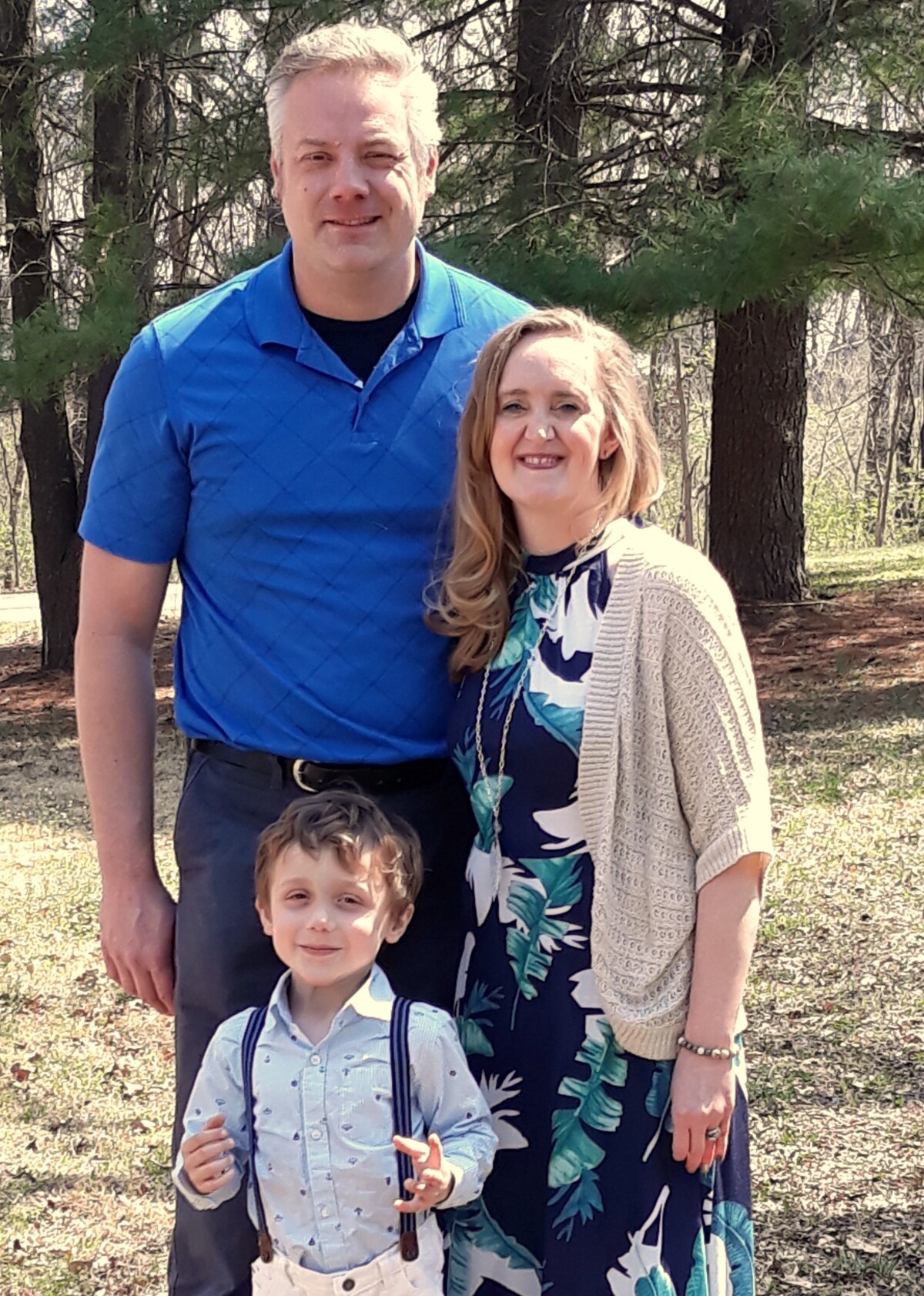Open adoption covers a spectrum of relationships, ranging from relationships were the the adoptive and birth parents have no contact to ones where they’re considered extended family members.
So it’s not surprising that the understanding of open adoption also varies widely. Here’s our attempt to bridge the gap between the myths and the realities.
Myth: Open adoption is a form of co-parenting.
Fact: In open adoption, the line between family members is clearly defined. The adoptive parents and birth parents do not have shared custody. Adoptive parents are legally responsibile for all of decisions relating to their child’s welfare. Birth parents are often involved in the children’s lives, but they do not have legal rights over the child.
Myth: Open adoption is confusing to children.
Fact: Children understand the difference between their adoptive parents and their birth parents, and what their roles and responsiblities are. And so do both sets of parents.
Myth: Adopted child grow up hating their birth mothers.
Fact: Open adoption allows adopted children to having an ongiong relationship with their birth parents. As a result, they have the ability to ask their birth parents questions surroudning their adoption, making them less likely to have doubts or to feel bitterness towards their parents.
Myth: Adopted child grow up hating their adoptive parent.
Fact: Adoptive parents usually introduce their child’s aoption story at a young age. Unlike in the past, it’s not something that is kept from them. Because children know their adoption story, there is less chance of them creating a fantasy about their origins. And also there is no resentment about their adoption since it is something that is openly discussed and a part of their life from an early age.
Myth: Most open adoption relationships between adoptive parents and birth parents eventually break down.
Fact: Although some relationships do break down because of disagreements between adoptive parents and birth parents, the vast majority of them are successful. Because most adoption agreements aren’t legally binding, the key is to create last relationships based on mutual understanding and respect. For the sake of their children, birth parents and adoptive parents must be willing to not only acknowledge but honor each other’s role in their relationship.
Myth: When they’re older, adopted children eventually return to live with their birth parents.
Fact: For adopted children, home is with their adoptive family. That’s where they were raised, and that’s where they usually live until they’re ready to move out. Adopted child are often interested in finding out more about their birth family, but they usually draw the line there and do not have desire to live with them.

